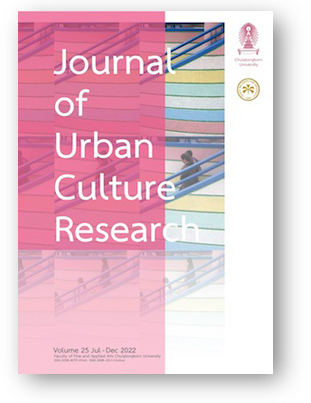Thai Folk Theatre’s Contribution to Wellness Support: A Case Study of Likay Performance for Hypertension Education
DOI:
https://doi.org/10.14456/jucr.2022.25Keywords:
Likay; Creative Production; Interdisciplinary Research; Community Empowerment; Arts for Health; Hypertension; ThailandAbstract
This work demonstrates the employment of Likay, a folk theatre performance, as an educational tool for promoting the awareness of hypertension in elderly Thais. Utilizing interdisciplinary approaches across the academic fields of health science and the performing arts, this project created a Likay production dealing with the topic of hypertension and related medical information. Fifty elderly people from the Ta Ma Prang subdistrict, Kaeng Khoi district of Saraburi province, Thailand, were included in this study. A survey questionnaire was distributed prior to and after the performance to monitor the improvement of understanding as well as the awareness of hypertension by the participants. Results showed that knowledge increased by about 10% as the pre-test score was 64 points, and the post-test score was 74 points out of 100 points. This work is a pioneering education tool for special groups suitable for specific interests which may contribute to the understanding of employing the creative arts and media in community empowerment, particularly for the elderly.
Downloads
Published
Versions
- 2023-01-13 (2)
- 2022-12-20 (1)
How to Cite
Issue
Section
License

This work is licensed under a Creative Commons Attribution-NonCommercial-NoDerivatives 4.0 International License.
Authors authorize the JUCR to publish their materials both in print and online while retaining their full individual copyright. The copyright of JUCR volumes is retained by Chulalongkorn University.
The views and opinions expressed herein are those of the individual author(s) and do not necessarily reflect the policies or opinions of the Journal (JUCR), it editors and staff, Chulalongkorn University, or Osaka Metropolitan University.







